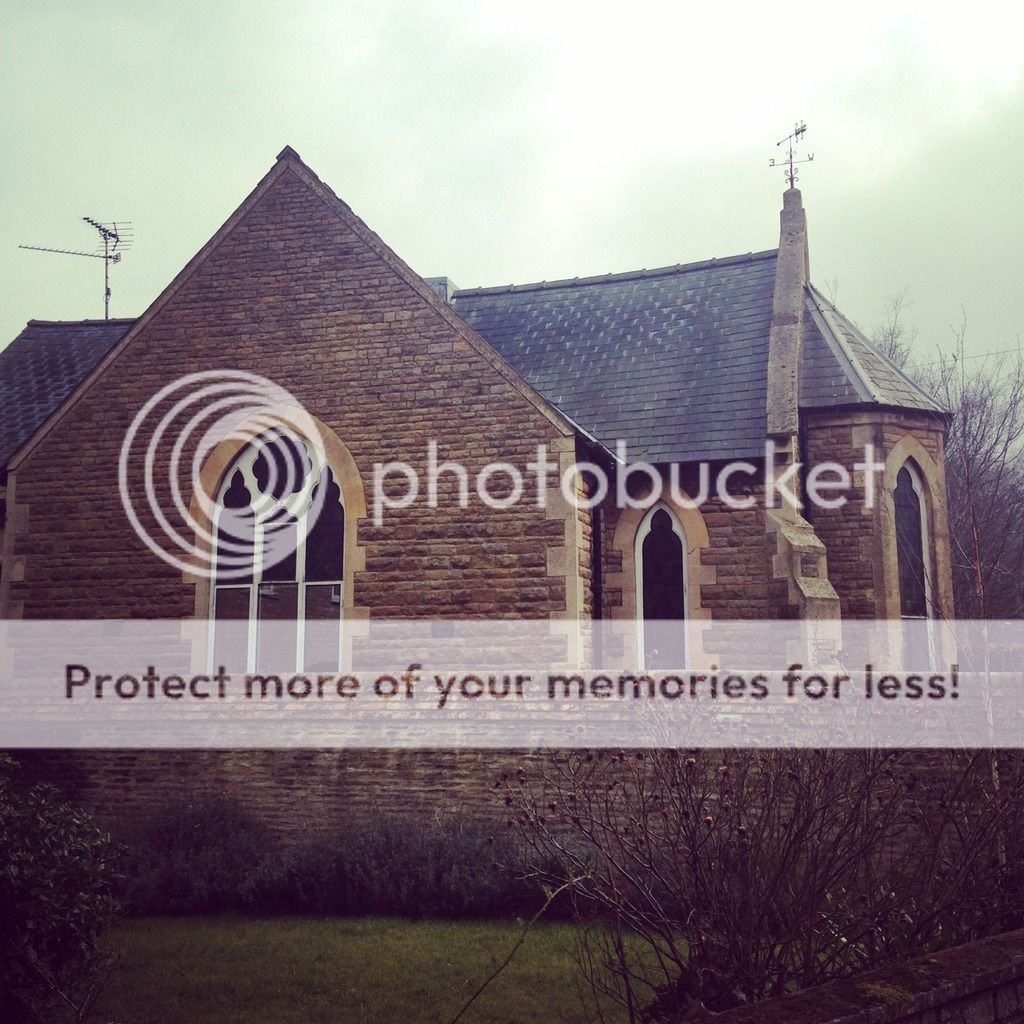
Wansford Chapel (Wesleyan Methodist) Wansford is Northamptonshire, although Wansford Chapel was over the county boundary in the adjacent parish of Stibbington in Huntingdonshire. The Society met in a rented chapel for many years until a new chapel was built in 1900. The chapel closed in 1992. The chapel was in the following circuits at the dates indicated: Stamford Wesleyan Methodist Circuit to 1932 Stamford Methodist Circuit 1932-1992 THE HISTORY OF THE STAMFORD AND RUTLAND CIRCUIT.
The Stamford and Rutland Circuit was formed in September 1997, bringing together the whole of Rutland, and most of the former Stamford Circuit. Also included were the villages of Knossington and Somerby in Leicestershire and Barnack in Cambridgeshire. Most of the eastern part of Rutland (with part of Leicestershire) was in the Oakham Circuit from 1825-1907, then in the Melton Mowbray Circuit until 1997. The Stamford Circuit included at various times, parts of Huntingdonshire, the Soke of Peterborough, and Northamptonshire as well as Lincolnshire. Prior to 1932 Methodism had split into many branches, the largest of these being Primitive Methodist, and Wesleyan Methodist. In 1932 all branches amalgamated to form the Methodist Church of Great Britain. John Wesley, the founder of Methodism was born in Epworth, Lincolnshire in 1703. He and his brother Charles were ordained Ministers of the Church of England. Following a deep spiritual experience in 1738 John took to an itinerant ministry when his preaching was deemed too radical for most parishes. He preached wherever a group of people could be gathered together – in cottages, barns, or the open air. During his lifetime he travelled thousands of miles throughout most of Great Britain and Ireland. More on the life and works of John Wesley and the history of Methodism can be found at www.methodistchurch.org.uk Following Wesley’s preaching, and later that of his band of preachers, ‘societies’ were formed in villages and towns and then chapels were built. We know that John Wesley preached in Leicester and Northampton and travelled regularly through Linclonshire to his birthplace in Epworth. He is said to have been stuck in a snowstorm at Casterton in 1760 and been forced to spend the night in a small inn with a creaking sign which disturbed his sleep! Although there is no evidence that Wesley preached in our circuit, many early societies were formed, some probably dating back to the time when Wesley’s preaching was still in living memory. After Wesley’s death in 1791, the Methodists formally separated from the Church of England and ordained its own ministers. Ministers were then, as now ‘stationed’ in a circuit, keeping up the travelling tradition begun by their founder. In our area, Rutland was originally part of the Leicester ‘round’ which was then divided into circuits. For most of the nineteenth there were two or three Ministers who travelled vast distances in the country areas, staying away from home for at least a week at a time and often taking several services a day in different villages. Members provided hospitality for their minister. There are said to have been Methodists in Somerby from the 18th century, making it the oldest surviving place of worship in the Rutland/Leicestershire part of the circuit. In 1797 when a chapel was built at Melton Mowbray, William Newton and George Roberts of Somerby were Trustees. George Roberts’ farmhouse is noted as being the authorised place of worship. Somerby appears on a circuit plan of the Leicester circuit in 1816 when a service was held fortnightly at 2 pm. By 1822 it had become part of the Melton Mowbray circuit. In the old Stamford circuit the first Barn Hill church was built in 1803 and some of the many village churches may have been earlier. With the changes in society and modern transport there are now just eight churches in the circuit, but in times past there were Methodist places of worship in numerous villages. In the Oakham Circuit in 1850 for example there were chapels or societies in Whissendine, Wymondham, Halstead/Tilton, Owston, Knossington, Wing, Manton, Langham, Braunston, Tugby, Norton, Cottesmore, Hambleton, Preston, as well as Oakham, Uppingham and Somerby. In the Stamford Circuit there were places of worship in Wansford, Wittering, North Luffenham, Castle Bytham, Little Bytham, Pickworth, Casterton, Wansford, Collyweston, Duddington, and Wittering as well as Barn Hill (Stamford), Empingham, Ketton, Barnack and Ryhall. Some of these chapels were short lived, but many remained into living memory. There is a rich heritage of Methodist witness in our circuit and more detail of the history of open churches can be found by clicking onto each church from the Home Page “If anybody would like to expand this series please do, I would just ask that you could let Sadexploration know first at churchmicro@gmail.com so he can keep track of the Church numbers and names to avoid duplication. There is also a Church Micro Stats & Information page found via the Bookmark list”